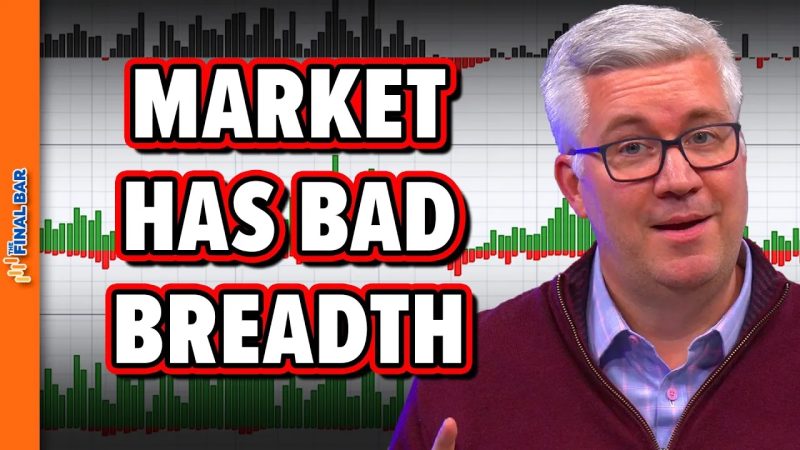Market Breadth: Understanding Its Impact on Investor Sentiment and Trading Strategies
**What Is Market Breadth?**
Market breadth is a key indicator used in financial markets to measure the number of stocks that are participating in a market rally or decline. It reflects the overall health and direction of the market by analyzing the number of advancing and declining stocks, advancing and declining trading volume, and other market indicators.
**Why Is Market Breadth Important?**
Market breadth analysis provides valuable insights into market sentiment and can help investors gauge the strength of a market trend. When market breadth is positive, with a high number of advancing stocks and strong trading volume, it indicates broad-based participation in the market rally, suggesting a healthy and sustainable uptrend.
Conversely, poor market breadth, characterized by a low number of advancing stocks and weak trading volume, may signal underlying weakness in the market. This lack of participation from a wide range of stocks can lead to a fragile market environment and potentially foreshadow a market reversal or correction.
**Should You Be Worried About Poor Market Breadth?**
While poor market breadth can be a cause for concern, it is essential to consider other factors before drawing conclusions about the overall market outlook. Temporary fluctuations in market breadth can occur due to various reasons, such as sector rotation, market sentiment shifts, or external macroeconomic factors.
Investors should look at market breadth in conjunction with other technical and fundamental indicators to form a comprehensive view of the market environment. Monitoring key market breadth metrics over time can help investors identify potential trends and anticipate market movements.
**Impact on Trading Strategies**
For active traders and investors, understanding market breadth can be instrumental in developing effective trading strategies. In a market with strong breadth, traders may focus on buying opportunities in a wide range of sectors and stocks, aiming to ride the momentum of a broad-based market rally.
In contrast, in a market with poor breadth, traders may adopt a more defensive approach, reducing exposure to riskier assets and shifting towards safer investments. It is crucial to remain flexible and adapt trading strategies based on changing market breadth conditions to navigate volatile market environments successfully.
**Conclusion**
Market breadth is a valuable tool for evaluating market sentiment, identifying trends, and adjusting trading strategies accordingly. While poor market breadth can raise concerns about the overall market health, it is essential to consider various factors and indicators before making investment decisions. By staying informed and monitoring key market breadth metrics, investors can make well-informed decisions and navigate the dynamic landscape of financial markets.

